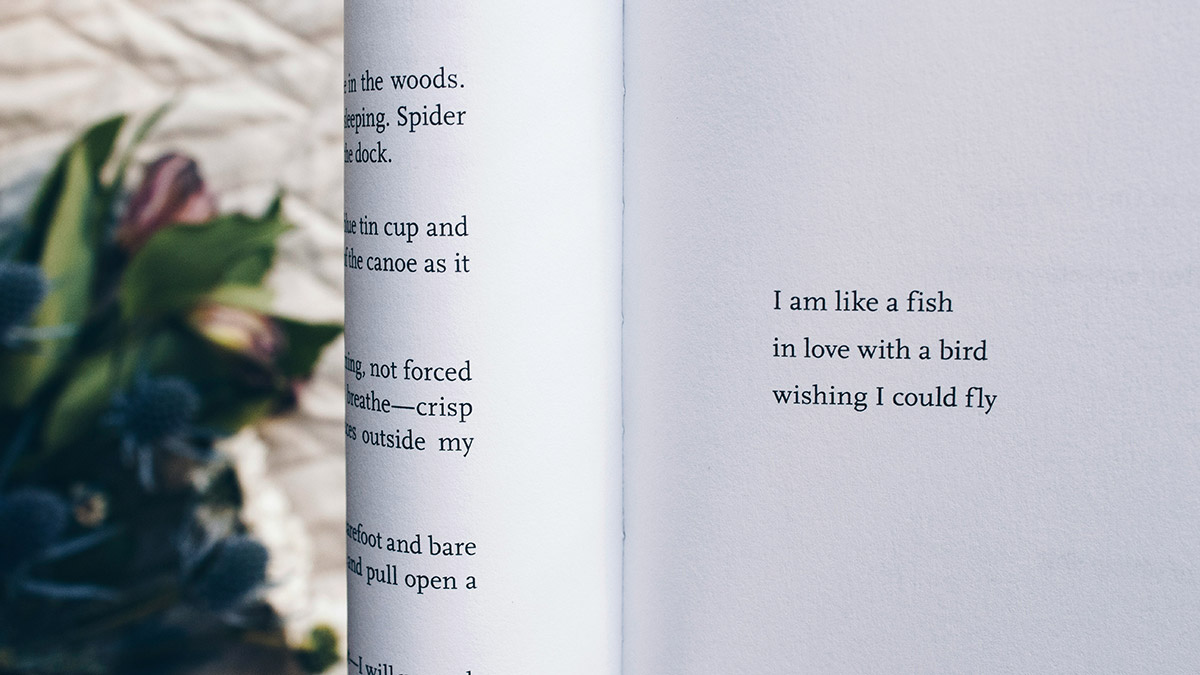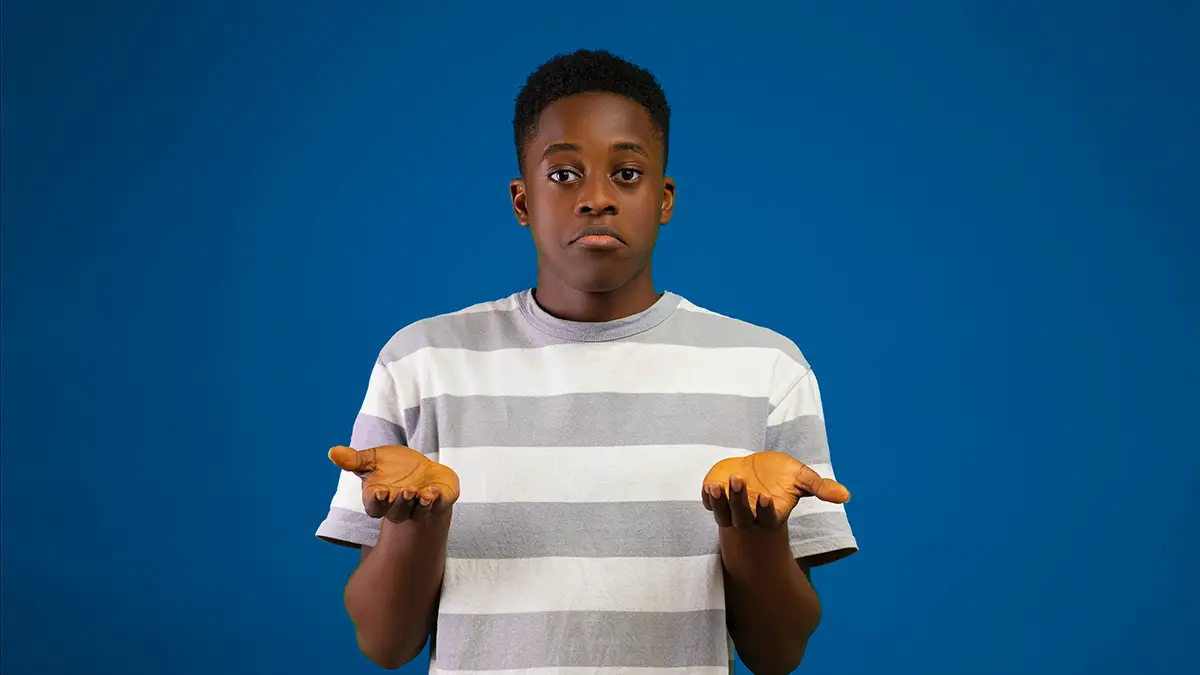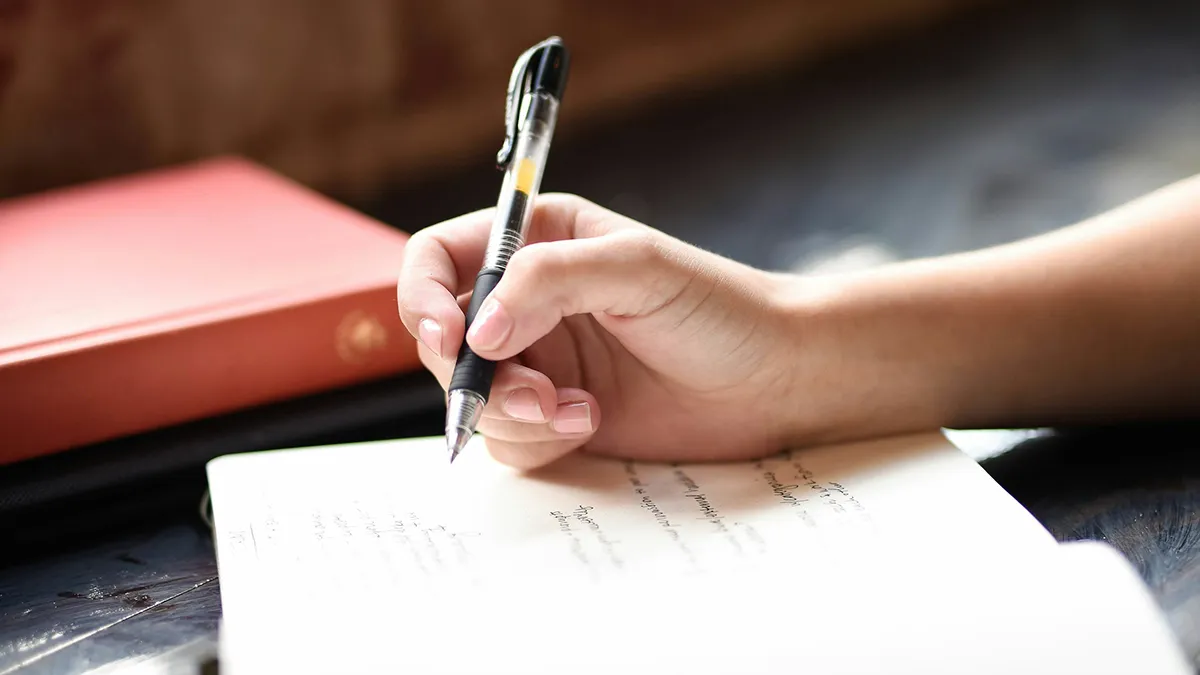Understanding Different Types of Poetry: A Journey from Past to Present

Poetry is a special way of using language to express emotions, tell stories, and share ideas. It has changed a lot over the years, from traditional forms to modern styles.
Let’s explore these changes and see how poetry can help you learn English better.
Exploring classic poetry: Roots, forms, and famous poets
Classic poetry includes many different types of poetry that have been popular for hundreds of years. Some of the most famous are narrative poems, epic poems, and sonnets.
- Narrative poems tell a story, often with a clear beginning, middle, and end. They can be short or long, but they always focus on a particular event or series of events.
- Epic poems are a type of narrative poetry that tell long, grand stories about heroic deeds and adventures. These poems are often written in a formal style and cover important events. An example of an epic poem is Homer’s “The Odyssey.”
- Sonnets are a shorter form of poetry that typically have 14 lines. There are different types of sonnets, but they often explore themes like love and nature.
William Shakespeare is known for his Shakespearean sonnets, which have a specific structure. Another popular form of poetry is the Petrarchan sonnet, which splits the 14 lines into two parts: The first eight lines (octave) and the last six lines (sestet).
“Shall I compare thee to a summer’s day?
Thou art more lovely and more temperate.”
John Keats and Samuel Taylor Coleridge are other well-known classic British poets from this period. They used rich figurative language and different poetic forms to create their works.
Language and style in classic poetry
Classic poetry is known for its formal language and structured forms. Poets used figurative language like metaphors and similes to create vivid images and deep emotions.
The structure of classic poetry is also crucial. Sonnets, for example, have a fixed number of lines and specific rhyme schemes, giving them a musical quality. Carefully used line breaks help to create rhythm and highlight key ideas.
In narrative and epic poems, the style is complicated and formal, fitting their grand themes. The final lines are often powerful, leaving a lasting impression.
“Sing to me of the man, Muse, the man of twists and turns
driven time and again off course, once he had plundered
the hallowed heights of Troy.”
The rise of modern poetry
In the early 20th century, poetry started to change. Modern poets like Ezra Pound, T. S. Eliot, and Wallace Stevens experimented with new styles. They moved away from strict forms and used free verse (poetry without regular rhyme or rhythm) and blank verse (poetry with a regular beat but no rhyme).
These new forms of poetry allowed for more freedom and creativity. Poets could write about everyday life and feelings.
This shift opened up poetry to new themes and voices, making it more accessible and relevant to modern readers.
Modern poetry and its many forms
Modern poetry includes a variety of forms beyond free verse and blank verse.
Prose poems blend the features of prose (regular sentences and paragraphs) and poetry, creating a poetic effect without line breaks. Acrostic poems use the first letters of each line to spell out a word or message. These different forms allow poets to express their thoughts in various ways.
The evolution of poetry has also led to the rise of lyric poems, which focus on personal feelings and emotions. Modern poets have continued to experiment with language and structure, reflecting the complexities of contemporary life.
Many modern poets favour a simpler, more direct style. Robert Frost is a good example of a poet who wrote in such a style. In the final stanza of his famous poem “Stopping by Woods on a Snowy Evening”, he writes:
“The woods are lovely, dark and deep,
But I have promises to keep,
And miles to go before I sleep,
And miles to go before I sleep.”
Rap and poetry: understanding the connection
Modern poetry has also influenced music, especially rap. Hip hop artists like Kanye West use poetic devices and narrative poetry in their songs. A rap song often tells a story, similar to a narrative poem or spoken word. This storytelling aspect allows rappers to convey complex emotions and social commentary, much like traditional poets.
This connection shows how poetry is a dynamic art form that evolves with time and culture.
Language and style in rap
Rap lyrics reflect the realities of life, expressing themes from personal struggles to social issues. The language used in rap is direct and powerful, often employing slang and cultural references to resonate with the audience.
Rappers use metaphors and similes to draw vivid comparisons, making their messages more impactful. The rhythm and line breaks in rap are crucial for maintaining the flow and energy of the song, similar to the way traditional poets use metre and rhyme.
“It’s been a while since I last dreamt,
Barely remember what it’s like to dream,
Finding it hard to get to sleep, too stressed,
And there ain’t anyone to sing a lullaby to me.
Pretend it doesn’t get to me,
And I suffer in silence when I’m hurting,
A man’s problems are his own and it’s my burden,
Tossing and turning, trying to get to sleep,
But I find it hard to switch off when my mind’s working.”
Poetry and learning English
Studying poetry can be quite grand,
Helping you grasp the English at hand.
Rich vocabulary, sentence structures too,
Cultural references, all coming through.
To enhance your skills, take a look,
At our English courses, better than a book.
Explore and learn, make your way,
Join our English Online courses today!




